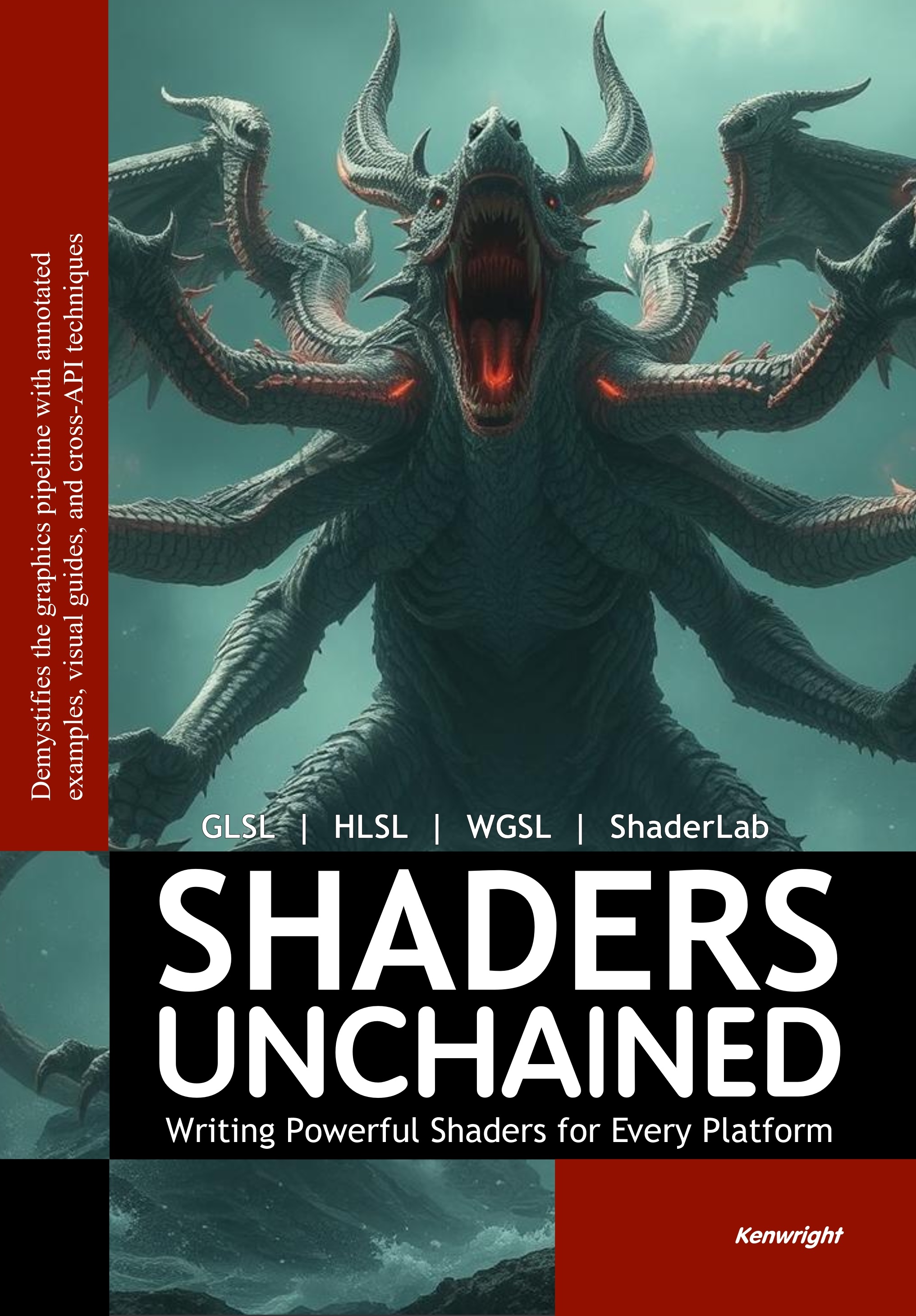
Shaders Unchained: Writing Powerful Shaders for Every Platform
A captivating exploration of Shaders and its impact on the modern technology. This essential read offers fresh perspectives and practical insights that will transform your understanding.

A captivating exploration of Shaders and its impact on the modern technology. This essential read offers fresh perspectives and practical insights that will transform your understanding.
The carefully structured chapters build upon each other, creating a learning journey that is both educational and inspiring. Each section includes practical examples and thought-provoking exercises. Drawing inspiration from the challenges and triumphs within HLSL, the author crafts a compelling narrative that resonates with readers across diverse backgrounds. The book's title, "Shaders Unchained: Writing Powerful Shaders for Every Platform", reflects its central theme: a bold exploration of ideas that challenge conventional thinking and encourage intellectual growth.

The depth of research is impressive, yet it never feels overwhelming.

I appreciated the balance between research and anecdotal evidence—it felt grounded and real.
Absolutely! The author's tone made it feel like a conversation rather than a lecture.
October 4, 2025I loved how the author used personal stories to illustrate key points.
September 29, 2025
This book is a catalyst for change. I feel more equipped and inspired than ever.
Yes! I found the visual summaries at the end of each chapter incredibly helpful.
October 11, 2025I loved how the author used personal stories to illustrate key points.
September 27, 2025Stay updated with the latest from the book world
Author and critic Lincoln Michel talks about Hungarian writer László Krasznahorkai's Nobel win and what it shows about who gets recognized in world ...
Read MoreThe Hungarian writer, known for his apocalyptic works, has won the 2025 Nobel Prize in literature. He joins the ranks of Ernest Hemingway, John Steinb...
Read MoreBaldwin: A Love Story, a book by Nicholas Boggs, has a singular focus on the redemptive power of devotion....
Read MoreEnhance your reading and learning experience
Use the Feynman Technique: teach what you learn to someone else to identify knowledge gaps.
Follow the 20-20-20 rule: every 20 minutes, look at something 20 feet away for 20 seconds.
Take brief notes after each chapter. Summarizing helps cement knowledge.
Write documentation as if the next person reading it is a violent psychopath who knows where you live.
Use a pointer or your finger to guide your eyes. This can increase reading speed by 25%.
Create a dedicated reading space with good lighting and minimal distractions.
Sarah Johnson
Professional ReviewerThat section was brilliant. I've already applied those techniques with great success.
October 2, 2025